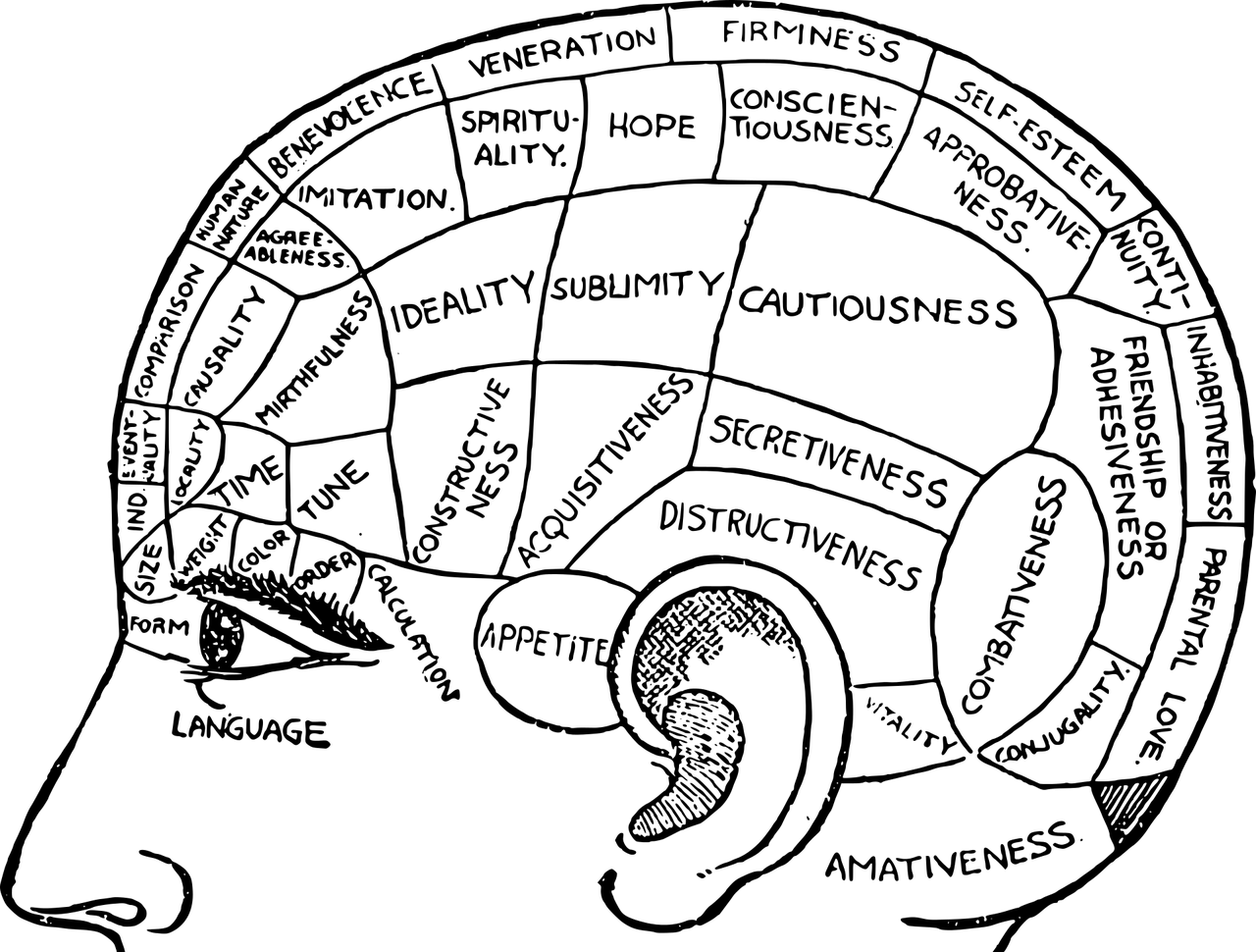If you make your living in the lifelong learning business, you don’t want to rely on obsolete information to do your job. But, unfortunately, you might still hear people espousing some old learning myths, despite the progress neuroscientists and professional development experts have made in understanding how adults learn.
We’re here to debunk some of those learning myths, starting with one that has incredible staying power.
#1 - The learning style myth: please make it stop!
Adult learning expert Margie Meacham put it best: “A whole cottage industry evolved to provide teachers and trainers tools to help them identify and apply learning styles in their work. It’s big money, but shoddy science.”
What a relief. You don’t have to worry about identifying each person’s learning style and tailoring your instruction to that style. Now, you can concentrate on all the other factors that go into effective instructional design.
But don’t take our word for it, here’s what researchers have to say about learning styles: “There is no adequate evidence base to justify incorporating learning-styles assessments into general educational practice.”
#2 - There are no “right-brain” or “left-brain” learners.
This one surprised me too. We’ve been told over the years that the left side of our brain controls logic and the right side controls creativity. However, no scientific evidence supports that belief. It’s a myth too.
Researchers failed to find evidence that people have stronger left- or right-sided brain networks. The study's lead author said some brain functions occur in one or the other side of the brain, for example, language tends to be on the left and attention on the right, but the brain isn't as dualistic as the myth would have you think.
#3 - Young ‘digital natives’ can’t multi-task.
Since young people were born into a digital world, everyone thinks these so-called ‘digital natives’ are masters of multi-tasking. Therefore, they can be taught differently than older people.
But, on the contrary, researchers say learners, even young learners, cannot multi-task. What they’re really doing is task-switching which negatively impacts learning. If you allow this myth to influence educational design, you hinder rather than help learning.
#4 - Older adults have a great capacity for learning as they age.
Neuroscientists report that the brain continues to form new neural pathways even into late adulthood. This ability is called brain plasticity. In fact, older brains are better at complex problem-solving and information synthesis than younger brains.
#5 - People do not remember what they hear, read, and see at predictable rates.
You’ve probably heard a formula like this: people remember 10% of what they hear, 20% of what they read, and 30% of what they see. If you do a Google search for “Dale’s Cone,” you’ll see many variations of this formula, but it’s all nonsense.
“Learning results depend on too many variables to enable such precision,” said learning expert Will Thalheimer, PhD. The proliferation of this myth, he said, “is a truly dangerous and heinous result of incompetence, deceit, confirmatory bias, greed, and other nefarious human tendencies.”
#6 - People don’t forget at predictable rates.
The forgetting curve is real—we wrote about that in our spaced learning post, but you can’t put a number on it. For example, don’t believe anyone who says: “Students forget x% after two days or y% after two weeks.”
Too many factors are at play to make such statements, including the learning method, the lesson’s content, the type of information conveyed, the student’s existing knowledge, and the information’s emotional relevance to the student.
#7 - Cramming before an exam doesn’t work.
If you want to do well on an exam, space out your study sessions over time. When you cram, any information your tired brain might retain is quickly fleeting since it will be stored only in the short-term memory section of your brain.
“Prolonged ‘cramming’ is inefficient—only one set of synapses is being engaged,” said UC Irvine neurobiologist Gary Lynch. “Repeated short training sessions, spaced in time, engage multiple sets of synapses. It’s as if your brain is working at full power.”
#8 - Highlighting and rereading information won’t get you far.
Ditch the highlighter. Rereading is passive. You need to apply what you’ve learned, make sense of it, paraphrase it in your own words, put it in context, relate it to what you already know, and recall it later. Quizzing yourself, not rereading, is a more effective way to learn.
Heed the research: “Most students report rereading and highlighting, yet these techniques do not consistently boost students' performance, so other techniques should be used in their place (e.g., practice testing instead of rereading).”
#9 - Keyword mnemonics are soon forgotten.
A few keyword mnemonics stick with us for life—the Great Lakes HOMES is one I still remember. But researchers found that a “keyword mnemonic is difficult to implement in some contexts, and it appears to benefit students for a limited number of materials and for short retention intervals.”
#10 - 10,000 hours won’t necessarily make you an expert.
After Malcolm Gladwell’s book Outliers became popular, everyone referred to his rule: you need 10,000 hours of practice to master something. Unfortunately, you can put in that time, but you may not achieve mastery. “People tend to be blissfully unaware of their incompetence,” said one research paper. Ouch.
Mastery depends on the quality of the practice. For example, you could play 10,000 hours of golf or tennis, but if you continue to practice with bad form, you won’t improve your play.
Deliberative practice is best, said researchers. Deliberate practice “involves constantly pushing oneself beyond one’s comfort zone, following training activities designed by an expert to develop specific abilities, and using feedback to identify weaknesses and work on them.”
#11 - Micro doesn’t mean better.
Microlearning—delivering educational content in small pieces—is a convenient way for students to receive information, but it doesn’t guarantee the information will be retained. You still need to apply adult learning principles. A series of 5-minute modules with each delivering new information won’t help learning stick. But if that same series applies spaced learning principles and gives students opportunities to recall and apply what they’ve learned, the learning is more likely to stick.
Instructional designer Ellen Burns-Johnson said, “We probably all know people who read article after article on workplace productivity, but never seem to get any more done with their day. Shorter articles will not help these folks. Rather, they need help putting their learning into practice.”
#12 - Eliminate the “our learners don’t like…” mindset.
Ethan Edwards, chief instructional strategist at Allen Interactions, said the “our learners don’t like” claim is usually made about professionals with post-graduate degrees such as doctors, engineers, and lawyers. Since these learners have become accustomed to arduous, text-heavy learning processes, associations think they must prefer those processes.
“The ‘they prefer to read’ claim excuses us from even attempting anything better,” said Edwards. “As long as the learners tolerate it, then we can feel justified in perpetuating a teaching approach that we simply don’t want to take the trouble or risk to change.”
His advice: “I challenge you to listen for those statements that we take too easily as fact and reconsider what responsibility we have to push our learners into new territory, inspire their exploratory spirit, engage their imaginations, and discover improved insights instead of settling for perpetuating ineffective methods simply because they are tolerated.”
These 12 learning myths have been debunked by scientists and can no longer be taken as fact. Instead of relying on assumptions and ineffective methods, follow the spirit of Edwards’ advice: push yourself into new territory by understanding and adopting proven adult learning principles for your association’s professional development programs.








